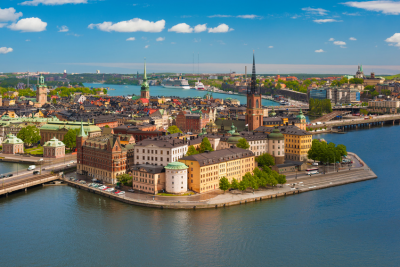On 3 December 2014, Transparency International (“TI”) launched its latest Corruption Perceptions Index (“CPI”) 2014. The CPI ranks countries and territories based on how corrupt their public sector is perceived to be. In this latest CPI, 175 countries are included.
Significance of the CPI
The CPI Index was established in 1995 as a composite indicator used to measure perceptions of corruption in the public sector in different countries around the world. Since then, it has been used as an important gauge by companies in managing corruption risks when conducting businesses in foreign countries. A country or territory’s score indicates the perceived level of public sector corruption on a scale of 0 (highly corrupt) to 100 (very clean). A country or territory’s rank indicates its position relative to the other countries and territories in the index.
Key points of the 2014 CPI
The following are some key points arising from the 2014 CPI:
- More than two thirds out of the 175 countries score below 50.
- Denmark comes out top as the cleanest country with a score of 92, while North Korea and Somalia share the last place, scoring merely 8.
- Of note is that while China’s score has dropped significantly by four points (from 40 in 2013 to 36 in 2014), its ranking has deteriorated by 20 places. This is despite the tough anti-corruption campaign launched by the Chinese government targeting corrupt public officials and the continuing crackdown against both “tigers and flies”.
- Meanwhile, Côte d´Ivoire, Egypt, Saint Vincent, Grenadines, Afghanistan, Jordan, Mali and Swaziland have made the biggest improvement, all rising by four points or more.
- In the Asia Pacific Region, India, Philippines and Thailand all rose significantly in their rankings, which suggests a reduced perception of the level of public sector corruption in those countries. The table below sets out some key jurisdictions in the Asia Pacific region showing their 2014 CPI rankings and scores against their 2013 position.
The table below sets out some key jurisdictions in the Asia Pacific region showing their 2014 CPI rankings and scores against their 2013 position.
| 2014 Global Rank | 2013 Global Rank | Country/ Territory | CPI 2014 Score | CPI 2013 Score |
|---|---|---|---|---|
|
2 |
1 |
New Zealand |
91 |
91 |
|
7 |
5 |
Singapore |
84 |
86 |
|
11 |
9 |
Australia |
80 |
81 |
|
15 |
18 |
Japan |
76 |
74 |
|
17 |
15 |
Hong Kong |
74 |
75 |
|
43 |
46 |
South Korea |
55 |
55 |
|
50 |
53 |
Malaysia |
52 |
50 |
|
85 |
94 |
India |
38 |
36 |
|
85 |
94 |
Philippines |
38 |
36 |
|
85 |
102 |
Thailand |
38 |
35 |
|
100 |
80 |
China |
36 |
40 |
|
107 |
114 |
Indonesia |
34 |
32 |
|
119 |
116 |
Vietnam |
31 |
31 |
Actions to consider
The latest CPI Index should prompt companies that rely on its rankings to review their global compliance programs and make regional adjustments accordingly. In particular, we recommend that companies focus their compliance efforts in the countries and regions that have dropped significantly in the their rankings (such as China) and identify any compliance risks that may be previously undetected.



